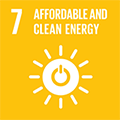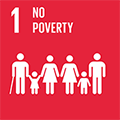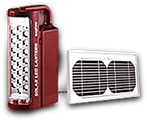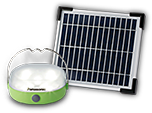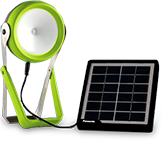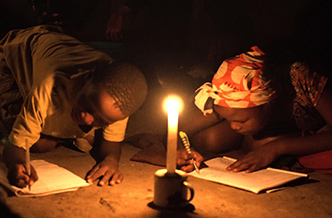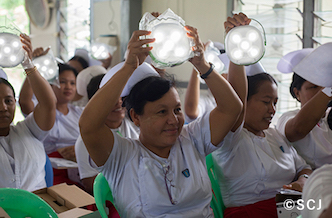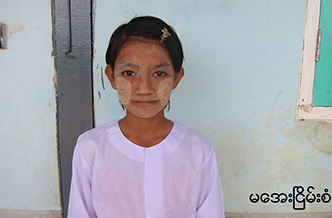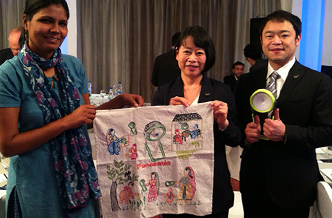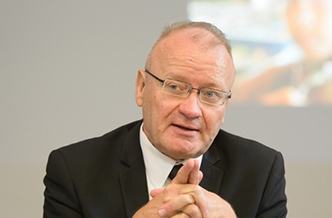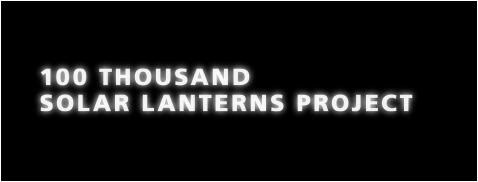Reaching the 100 thousand goal and going beyond
About 1.1 billion people(As of January 2018) in the world, or about one out of every six people, live without electricity. Panasonic has donated solar lanterns through the 100 Thousand Solar Lanterns Project to solve the social issues for a better life of people living in areas without electricity from 2013 to 2018.
Panasonic has been working on corporate citizenship activities to meet social needs based on our basic management philosophy, "company as a public entity of society.” We are now committed to an inclusive society without poverty by engaging in activities for human development, new opportunities and mutual understanding. The 100 Thousand Solar Lanterns Project is one of our initiatives to create social opportunities to end poverty.
We have joined hands with non-governmental and international organizations to help solve educational and health issues, empower women and improve people's well-being to create change that will lead to achieving the UN Sustainable Development Goals (SDGs).
Panasonic commits to fight poverty with various stakeholders by leveraging our products, technologies, knowledges and resources accumulated through our business.



